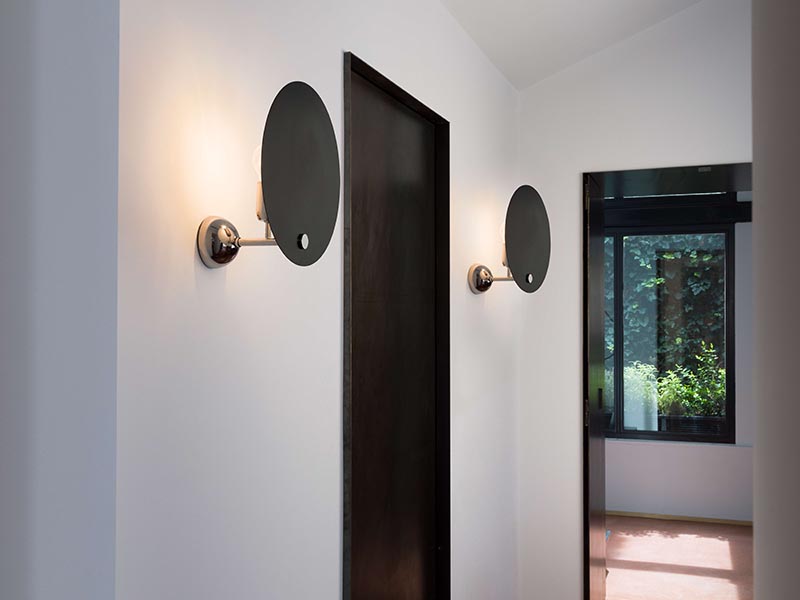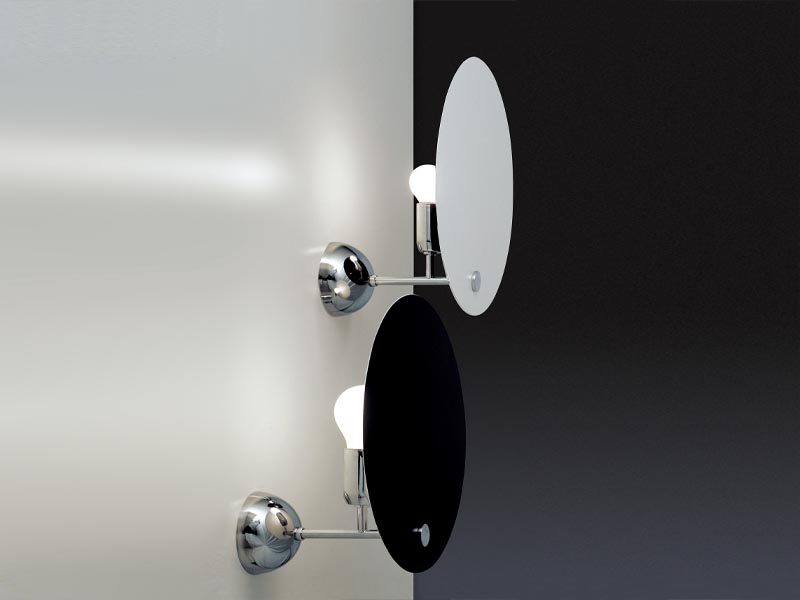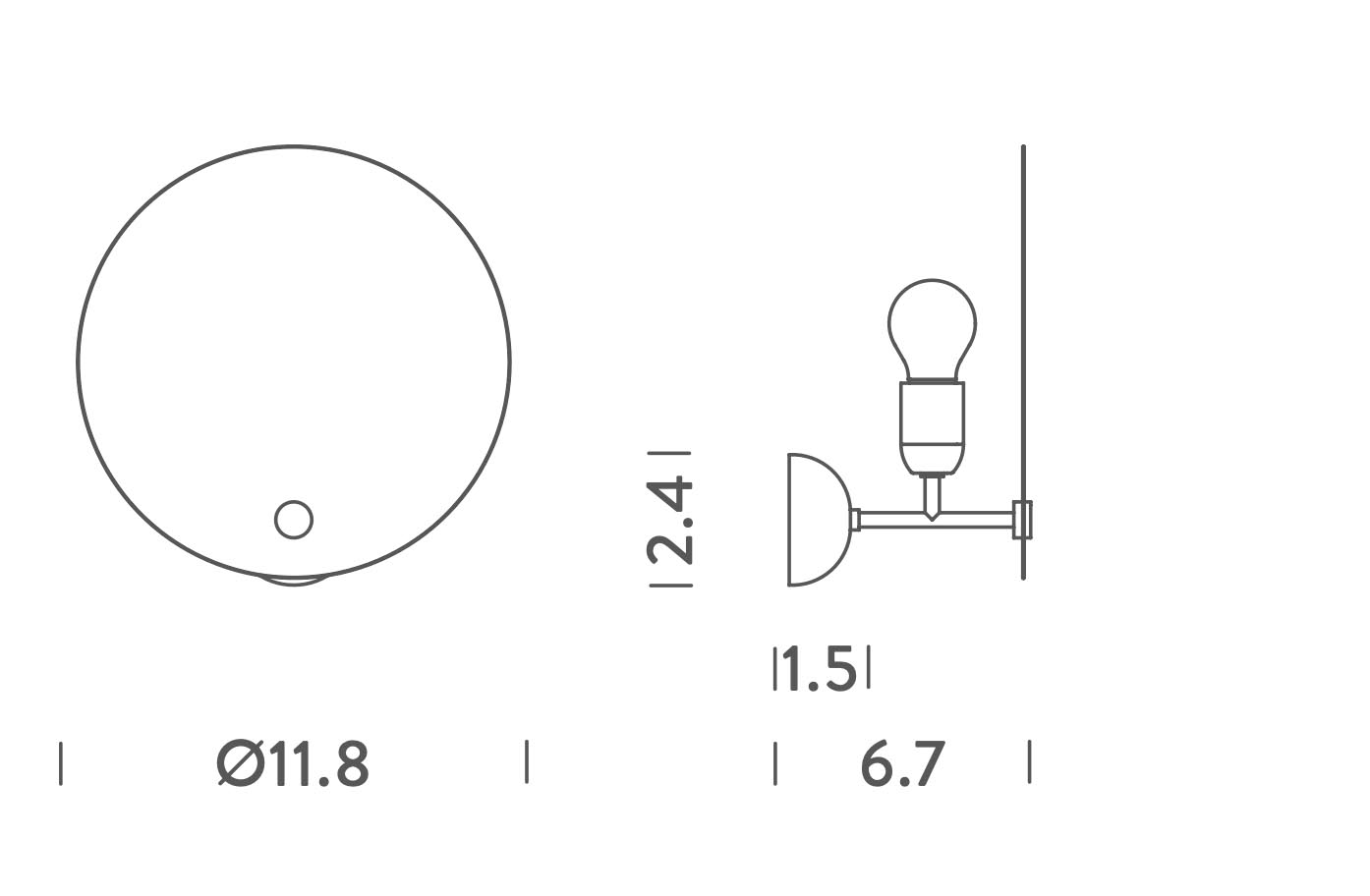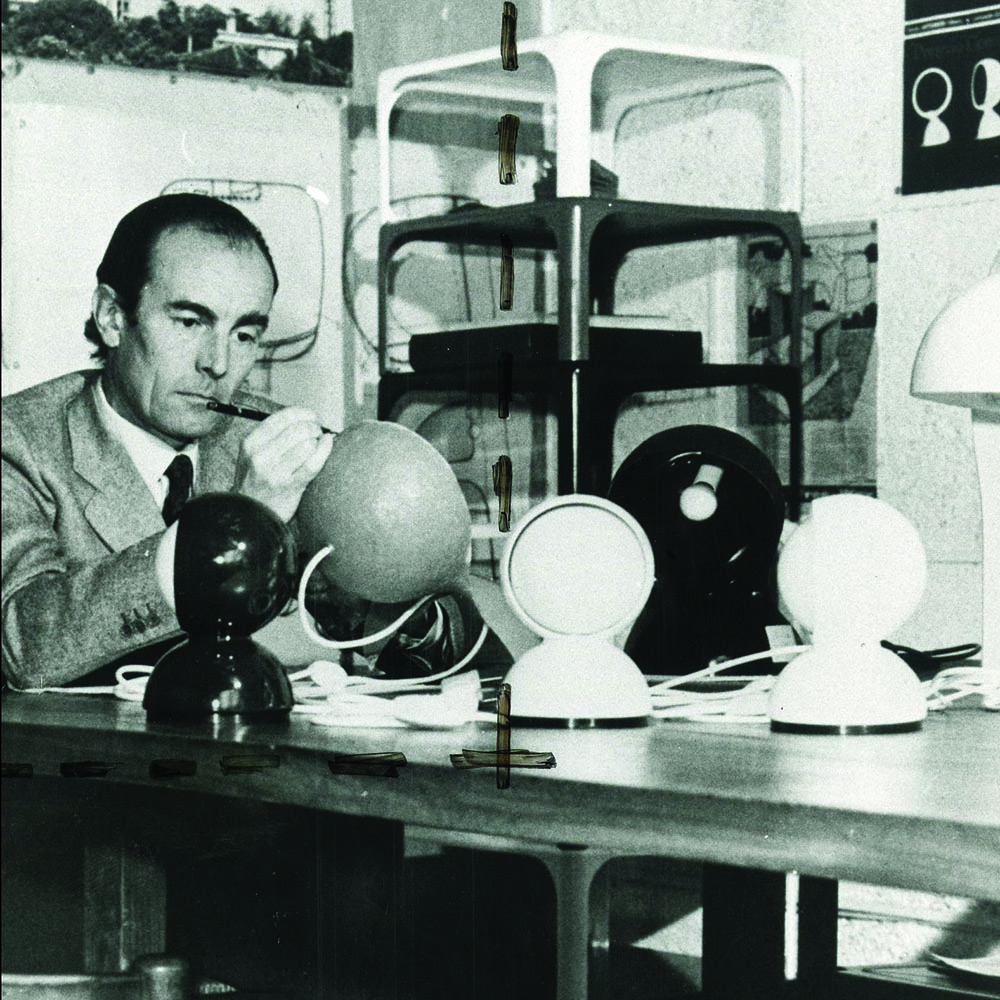Overview
Nemo offers a unique collection of lights by world-renowned designers of the 20th century (Le Corbusier, Mario Bellini, etc...) as well as contemporary designers determined to explore all the possibilities offered by the latest innovations: "We believe that, in conceiving architectural objects, we are obliged to look forward and to look back at the same time, between traces of the past and ambitions
for the future [...]. When speaking of Le Corbusier, Charlotte Perriand, Vico Magistretti and Franco Albini, NEMO is the contemporary interpreter of the projects suggested by them. Those Masters lamps were designed to be absolute projects, often realized exclusively for the architectures for which they were designed. NEMO, the Le Corbusier Foundation, Pernette Perriand, Vico Magistretti’s and Franco Albini’s Foundations brought together the original suggestion and realized projects that are and will be a reference in the design world. The quality of the product is found in its discreet presence in every environment. Its being does not need aesthetic justifications and it lives simply by doing its job. In the same way, those lamps, created for innovative and strongly modern architectural and interior projects, suggest a timeless quality that makes them simple, iconic and always authentic. NEMO’s job, along with the foundations, consisted in calibrating details, finishes and technical updates, without ever betraying the original essence of the products, in order not to fall in the nostalgic or in the vintage and not to change the spartan and sophisticated nature that makes them unique. [...] this exclusive collection that we believe to be beautiful, useful and new."
Kuta Table Lamp, White/Black, by Vico Magistretti
- Iconic design
- Aluminum, Steel, Marble
- Reflector White/Black
- H 23.6" x W 11.8", Cord L 4.9'
- 1 x E26 A60
- Switch on cable
- Made in Italy


Specifications
- BULB AND SOCKET
- 1 x E26, A60
- MAXIMUM WATTAGE
- 100W
- Voltage
- 120V
- POWER SOURCE
- Hardwired (Installation Required)
- Dimmer
- Dimmable, according to bulb
-

- DIMENSIONS
- H 11.8" W 11.8" D 6.7"
-

Designer

Vico Magistretti (1920-2006) was a highly influential 20th century Italian furniture designer and architect known for his experimental yet remarkably harmonious designs that ranged from minimalist furnishings to elaborate architectural façades. During his career, Magistretti earned numerous awards for his contributions to Italian furniture design and product design during the postwar era. As a young man, he befriended Ernesto Nathan Rogers, the influential architect who had established the BBPR Rationalist architectural collaborative in 1932. Rogers’ friendship and guidance would serve as inspiration for Vico Magistretti. After the war, he embarked on a series of innovative furniture designs for the R.I.M.A. exhibition and for the Triennale di Milano and worked with premier furniture designers of the time, such as Achille Castiglioni, Pier or Marco Zanuso. During the 1950s and 1960s, he designed furniture for most of the major Italian furniture makers. Examples of his work include the Carimate chair for Cassina (1959); the Ecclise table lamp for Artemide (1966), which won Vico Magistretti his first Compasso d’Oro award in 1967; the Selene stacking chair for Artemide (1968) and the Maralunga armchair for Cassina (1973), which won Magistretti his third Compasso d’Oro in 1979. At the same time, Magistretti was involved in an increasing number of architectural projects. His architectural aesthetic, just as his furniture design philosophy, was characterized by its streamlined contours of modernity and a notable consideration for the use of color, material, texture, and pattern. «I mainly design buildings and only sometimes design objects that my family or I may need at a given moment. The system is comparable to that of Robinson Crusoe which, in my opinion, has its advantages because it obliges to a design really driven by the necessities, designed only to achieve the essential values of an object and not all those marginal superstructures which are certainly not the soul of good design.»

 @DESIGNQUARTERS
@DESIGNQUARTERS